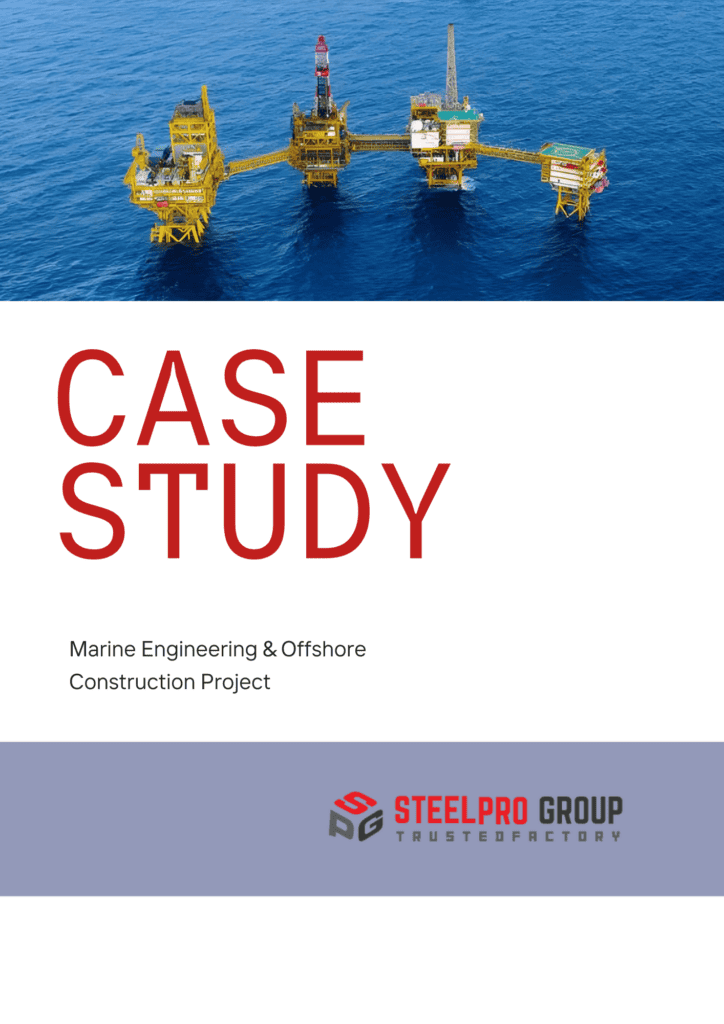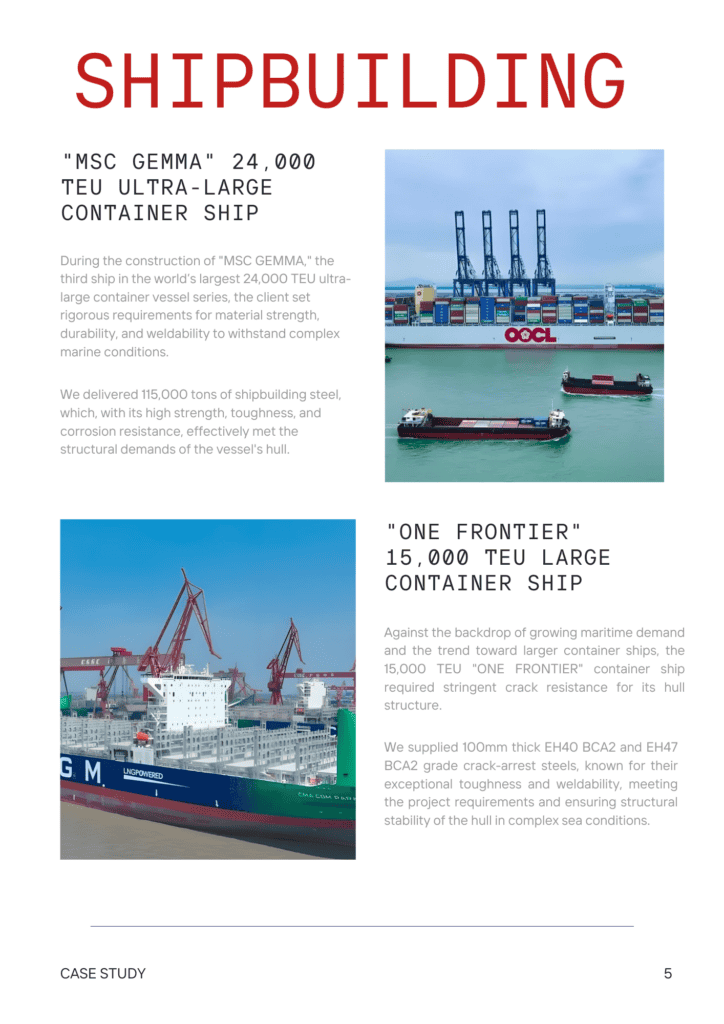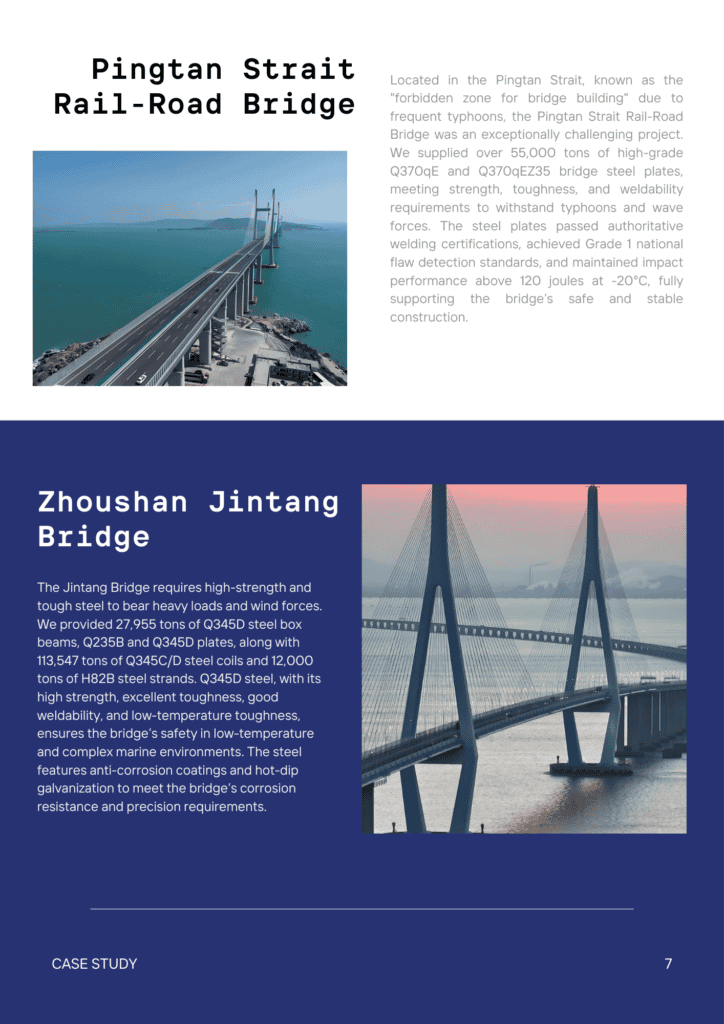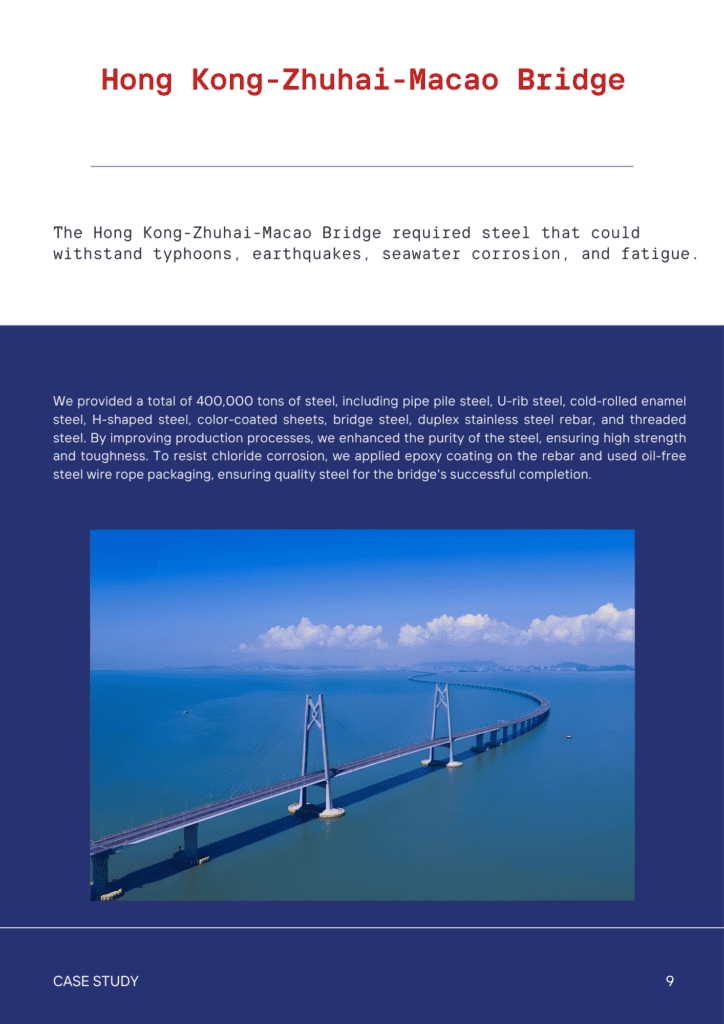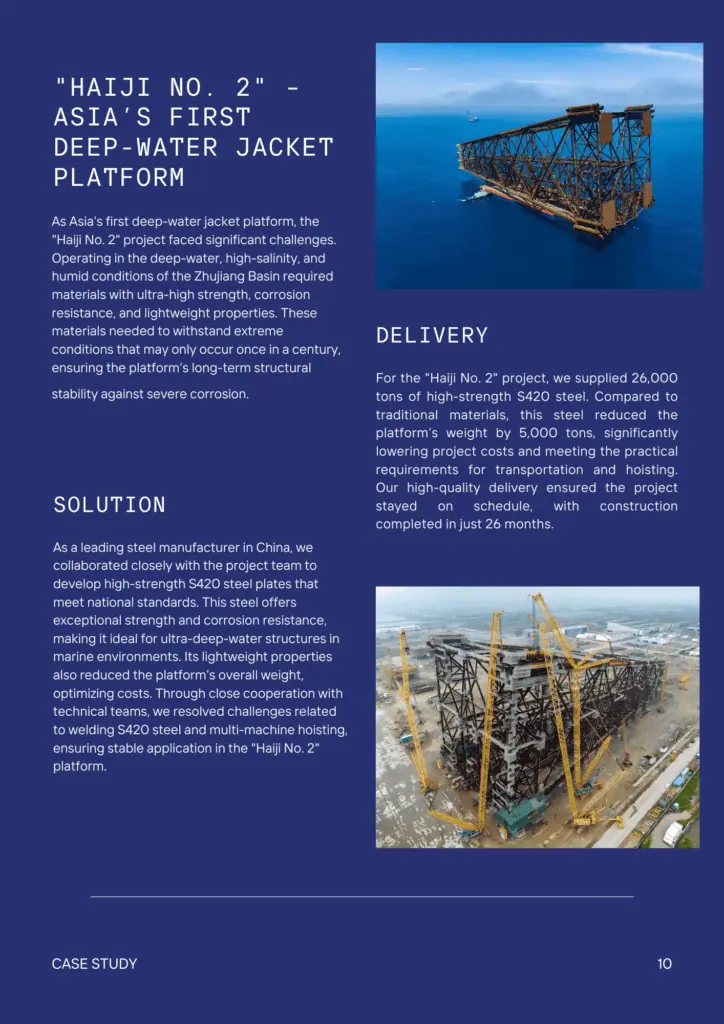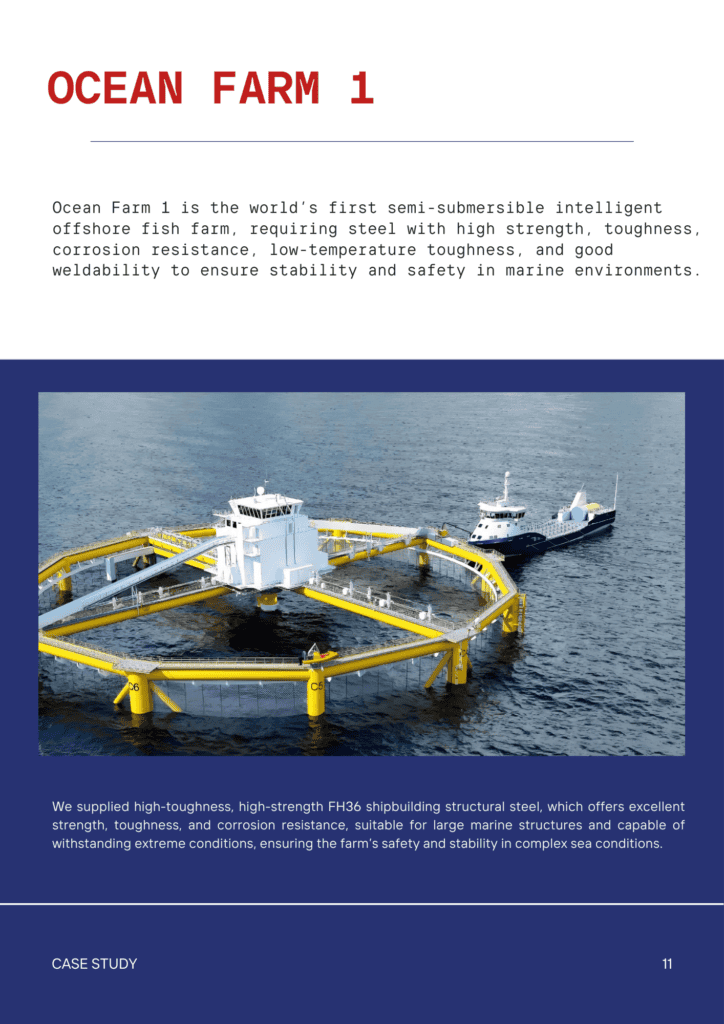Contents
Does Tool Steel Rust? Corrosion Resistance in Tool Steel
- John
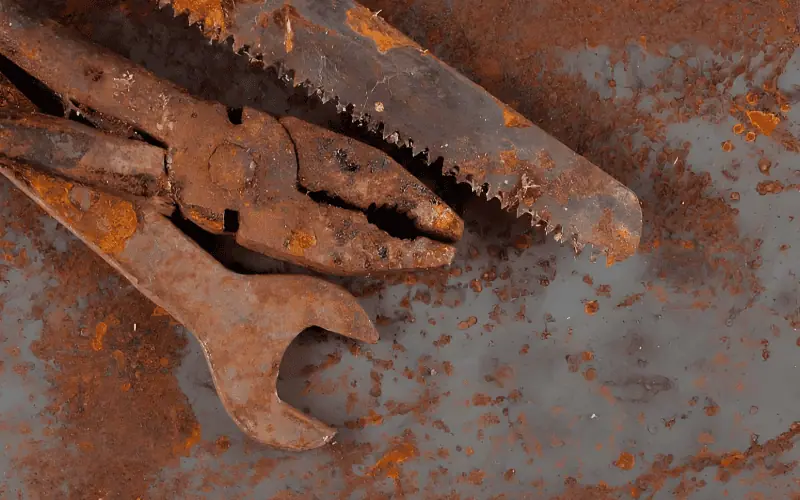
Most tool steels can rust, but those with higher alloy content or special coatings are more resistant to corrosion.
Hardness and toughness are usually more important than corrosion resistance for tool steels. However, some still seek information on the rust resistance of different tool steels for the right tools or knives. For those people, SteelPro Group provides the answers and products you need.
Does Tool Steel Rust?
Yes, tool steel can rust. Tool steel is composed of both carbon steel and alloy steel. Although it contains certain alloying elements, it is far from stainless steel. In the presence of oxygen and moisture in the environment, iron oxidation occurs, which affects the integrity and appearance of the steel. Tool steels are not immune to this reaction.
Factors Influencing Tool Steel Rust
Chemical Composition
- Chromium (Cr)
Chromium is a key alloying element that improves corrosion resistance by forming a stable, adherent chromium oxide layer on the steel surface. This passive film serves as a shield, preventing further rusting and safeguarding the metal beneath from harmful substances.
- Molybdenum (Mo)
Molybdenum enhances the pitting resistance of tool steel, particularly in chloride-containing environments. It works synergistically with chromium to improve overall corrosion resistance and maintains the integrity of the passive layer under aggressive conditions.
- Vanadium (V)
Vanadium contributes to the formation of hard carbides, which not only enhance wear resistance but also influence the steel’s microstructure. While vanadium itself does not directly prevent rust, its presence can improve the stability of the alloy against corrosive attacks.
- Nickel (Ni) and Manganese (Mn)
These elements improve the toughness and ductility of tool steel, which can indirectly influence corrosion resistance by reducing the likelihood of crack formation where corrosion could initiate and propagate.
The precise balance of these alloying elements determines the overall corrosion resistance of the tool steel. High-alloy tool steels with substantial chromium and molybdenum content exhibit superior resistance to rust compared to low-alloy or high-carbon tool steels.
However, the presence of these elements does not render the steel entirely impervious to corrosion as their levels are not high enough.
Surface Treatment and Finish
Practical and effective surface treatments and finishes are essential for enhancing the corrosion resistance of tool steel.
By employing widely adopted methods such as protective coatings, black oxide treatment, passivation, and powder coating, we can significantly extend the lifespan and maintain the performance of their tool steel products.
Mechanical Stress and Fatigue
Mechanical stress and fatigue can exacerbate corrosion in tool steel through mechanisms such as stress corrosion cracking (SCC) and corrosion fatigue.
- Stress Corrosion Cracking (SCC): The simultaneous presence of tensile stress and a corrosive environment can lead to the initiation and propagation of cracks in the steel, significantly reducing its structural integrity.
- Corrosion Fatigue: Repeated mechanical loading in a corrosive environment can accelerate the initiation and growth of fatigue cracks, leading to premature failure of the tool.
Minimizing residual stresses through proper manufacturing processes and selecting tool steels with appropriate alloying elements can mitigate these risks.
Corrosion Resistance in Different Types of Tool Steel
To provide a clear overview of the corrosion resistance across various types of tool steel, the following table summarizes their relative resistance levels:
| Type of Tool Steel | Corrosion Resistance | Description |
| Water-Hardening (W-series) | Low | High carbon content makes them highly susceptible to rust; and requires regular maintenance and coatings. |
| Oil-Hardening (O-series) | Medium | Improved corrosion resistance due to alloying elements like manganese and chromium. |
| Air-Hardening (A-series) | Medium | Similar to oil-hardening steels with added stability, offering better resistance than water-hardening. |
| High-Speed Tool Steel (HSS) | Medium to High | Alloyed with tungsten, molybdenum, and chromium, offering better rust resistance compared to standard tool steels. |
| Hot-Work (H-series) | Medium to High | Contains chromium, molybdenum, and vanadium, enhancing both strength and corrosion resistance. |
| Cold Work Tool Steel | High | Higher chromium and alloy content provide superior corrosion resistance, suitable for precision applications. |
How to Prevent Tool Steel from Rusting?
Material Selection
Select a suitable variety of tool steel depending on the conditions in which it will be applied. Selecting tool steels with higher alloy content can improve corrosion resistance without resorting to stainless varieties.
Coatings and Treatments
Apply protective coatings to tool steel to prevent rust.
- Specialized Coatings: Apply chrome plating or black oxide finishes to form a protective shield against moisture and oxygen.
- Surface Treatments: Processes like nitriding can increase both hardness and corrosion resistance.
Proper Storage
Store your tools in a dry, well-ventilated area away from direct sources of moisture. Use airtight containers or tool cabinets with humidity control to minimize exposure to air and humidity.
Regular Maintenance
If you are using tool steel products such as knives, you should regularly oil and sharpen them for maintenance. If rust spots appear, immediately clean them using a fine abrasive pad or a rust remover. These measures help keep your knives sharp.
Reliable Tool Steel Solutions
Transform your toolkit with SteelPro Group’s premium selection of tool steels. We provide materials that ensure longevity and precision like D2 steel and H13 steel. Upgrade to SteelPro Group’s tool steels today and achieve unparalleled performance and reliability in every project.



